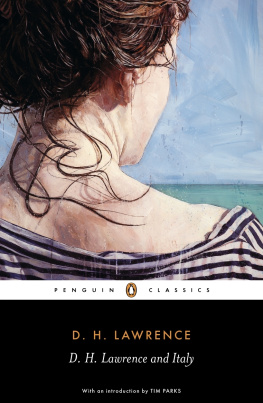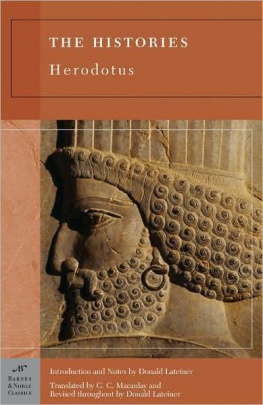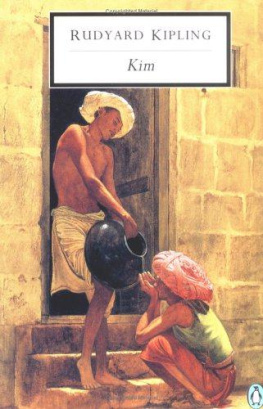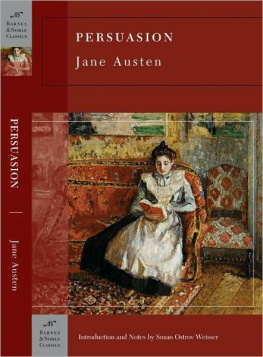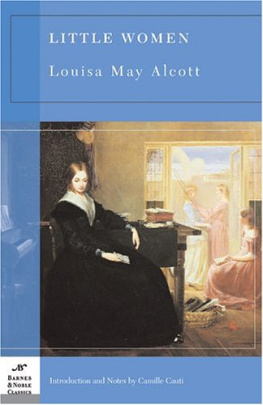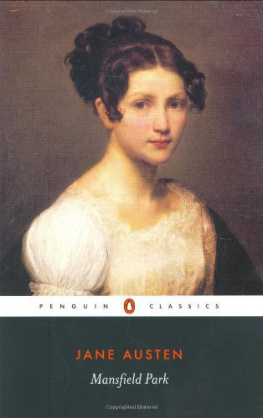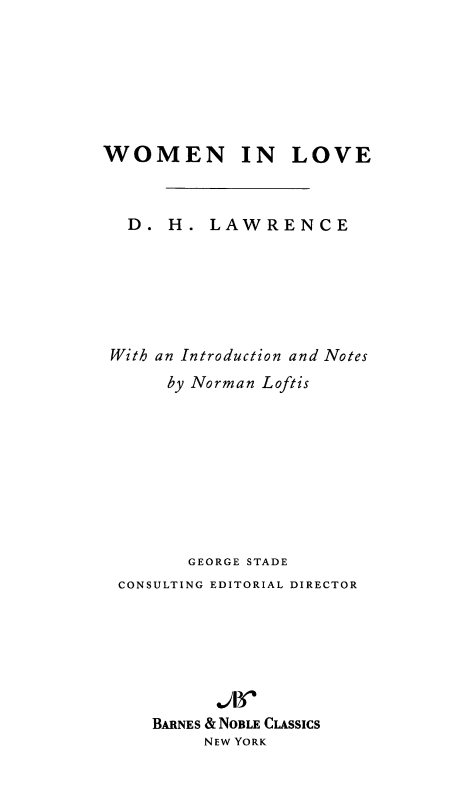
Table of Contents
FROM THE PAGES OF
WOMEN IN LOVE
There was a long pause, whilst Ursula stitched and Gudrun went on with her sketch. The sisters were women. Ursula twenty-six, and Gudrun twenty-five. But both had the remote, virgin look of modern girls, sisters of Artemis rather than of Hebe.
(page 6)
She craved for Rupert Birkin. When he was there, she felt complete, she was sufficient, whole. For the rest of time she was established on the sand, built over a chasm, and, in spite of all her vanity and securities, any common maid-servant of positive, robust temper could fling her down this bottomless pit of insufficiency, by the slightest movement of jeering or contempt. And all the while the pensive, tortured woman piled up her own defences of aesthetic knowledge, and culture, and world-visions, and disinterestedness. Yet she could never stop up the terrible gap of insufficiency.
(page 15)
Humanity doesnt embody the utterance of the incomprehensible any more. Humanity is a dead letter. There will be a new embodiment, in a new way. Let humanity disappear as quick as possible.
(pages 56-57)
Really, what a mistake he had made, thinking he wanted people, thinking he wanted a woman.
(page 106)
Love isnt a desideratumit is an emotion you feel or you dont feel, according to circumstance.
(page 128)
His soul was arrested in wonder. She was enkindled in her own living fire. Arrested in wonder and in pure, perfect attraction, he moved towards her. She sat like a strange queen, almost supernatural in her glowing smiling richness.
(page 129)
Ursula was deeply and passionately in love with Birkin, and she was capable of nothing.
(page 189)
It was intolerable, this possession at the hands of woman. Always a man must be considered as the broken-off fragment of a woman, and the sex was the still aching scar of the laceration. Man must be added on to a woman, before he had any real place or wholeness.
(page 200)
She believed that love was everything. Man must render himself up to her. He must be quaffed to the dregs by her. Let him be her man utterly, and she in return would be his humble slavewhether she wanted it or not.
(page 265)
There is such a thing as two people being in love for the whole of their livesperhaps. But marriage is neither here nor there, even then. If they are in love, well and good. If notwhy break eggs about it!
(page 290)
One should avoid this home instinct. Its not an instinct, its a habit of cowardliness. One should never have a home.
(page 354)
Why does every woman think her aim in life is to have a hubby and a little grey home in the west?
(page 377)
She lay and looked at him, as he slept. He was sheerly beautiful, he was a perfect instrument. To her mind, he was a pure, inhuman, almost superhuman instrument. His instrumentality appealed so strongly to her, she wished she were God, to use him as a tool.
(page 419)
Arent I enough for you?
(page 484)
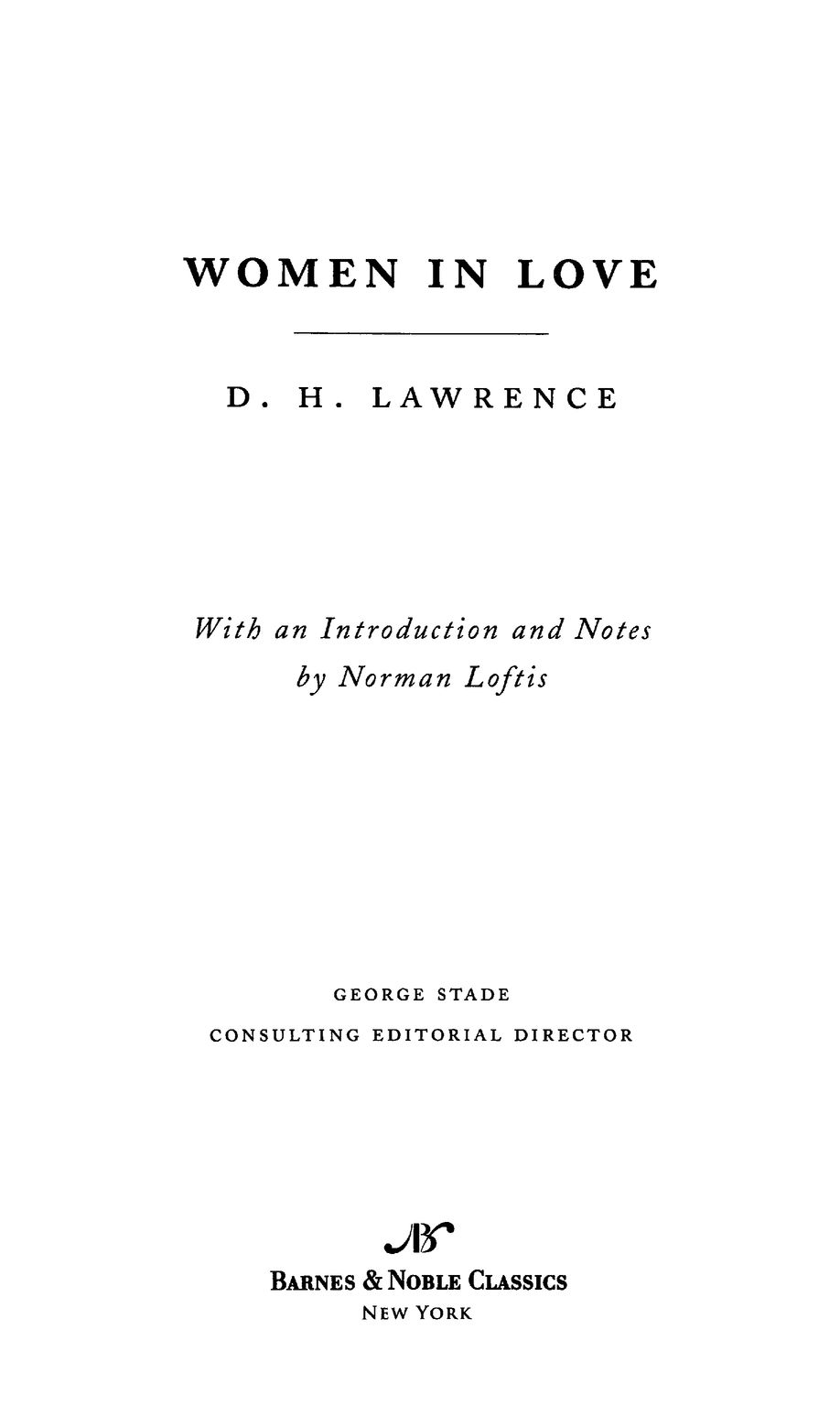
D. H. LAWRENCE
David Herbert Lawrence was born on September 11, 1885, in Eastwood, a coal-mining town in Nottinghamshire, England, the fourth child of a couple whose marriage Lawrence later described as one carnal, bloody fight. Lawrences psychologically intimate relationship with his mother would serve as the grounds for many of his novels. Lawrence studied to be a teacher but became interested in the arts. Jessie Chambers, a school love interest, submitted a number of Lawrences early poems to Ford Hermann Hueffer [Ford Madox Ford], editor of the English Review, and he published them. This first exposure would prove to be fruitful, and Lawrence soon published several novels, including The White Peacock (1911) and The Trespasser (1912), as well as Love Poems and Others (1913).
Lawrence gained fame and notoriety in 1913 with the publication of Sons and Lovers, a novel that was criticized by some as being too overtly sexual. Sons and Lovers was followed by The Rainbow (1915), a story of two sisters growing up in northern England that was banned upon its publication for its alleged obscenity. Women in Love, the sequel to The Rainbow, was published in 1920. His novel Lady Chatterleys Lover (1928) was pronounced obscene and banned in the United Kingdom and America. Despite the censorship, Lawrence remained unapologetic for creating art for my sake. His personal life, including his elopement with Frieda von Richthofen Weekley, wife of one of his professors and the mother of three children, fueled the aura of scandal that followed him throughout his career.
Despite censorship and other setbacks, in his exceptionally prolific literary career Lawrence authored more than a dozen novels, three volumes of stories and three volumes of novellas, an immense collection of poetry, and numerous works of nonfiction. He also wrote eight plays, most of which have been forgotten. The Lawrences traveled widely, but as Lawrences health worsened they settled in the south of France, where the author died on March 2, 1930. His ashes lie in a memorial chapel at his ranch in New Mexico.
THE WORLD OF D. H. LAWRENCE
AND WOMEN IN LOVE
| 1885 | David Herbert Lawrence is born on September 11 in Eastwood, Nottinghamshire, a working-class mining town in central England. The sickly Lawrence is confined to bed for much of his early childhood and grows close to his mother, who tends to him. |
| 1898-1901 | Lawrence attends Nottingham High School on a scholarship, then takes a job as a clerk in a surgical appliance factory. His brother, William Ernest, dies in October 1901. Lawrence suffers an attack of pneumonia and leaves his job. |
| 1902-1906 | Lawrence takes a part-time teaching job at the British Schools in Eastwood and attends a teacher-training center in Ilkeston. |
| 1906 | Lawrence enrolls at University College, Nottingham, to get his teachers certificate; he leaves after two years. |
| 1909-1910 | The English Review publishes several of Lawrences poems. His mother, Lydia, dies in December 1910; Lawrence assists her by administering an overdose of morphine. |
| 1911 | Lawrences first novel, The White Peacock, is published. |
| 1912 | Lawrence and Frieda von Richthofen, the wife of Lawrences former Nottingham professor Ernest Weekley and cousin of famous aviator Manfred von Richthofen (also known as the Red Baron), run away to Germany and Italy. Lawrences second novel, The Trespasser, is published. |
| 1913 | Rejected at first by Heinemann Publishers, the autobiographical Sons and Lovers is published. Criticized for his graphic depiction of sexual relations, Lawrence defends himself by stating that whatever the blood feels, and believes, and says, is always true. |
| 1914 | World War I breaks out. Lawrence and Frieda marry on July 13. Unable to obtain passports, for the duration of the war they are forced to live in various places in England, including Cornwall and Derbyshire, where they share a house with John Middleton Murry and the writer Katherine Mansfield. |


